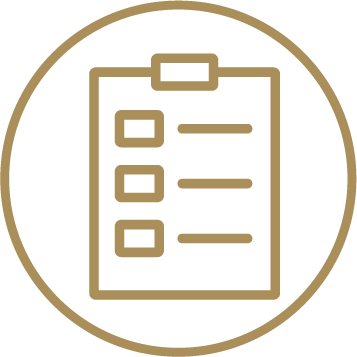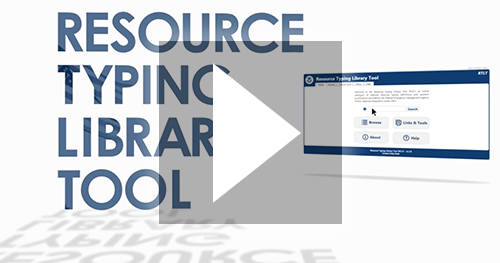Mission Ready Packages
A good MRP significantly reduces the time from request to deployment, better prepares you for the reimbursement process, and can be leveraged across all EMAC applications.
What Are Mission Ready Packages?

The Value of Mission Ready Packages
*EMAC has a 30 day provision where resources can be deployed prior to the completion of mission paperwork. While it accelerates mutual aid for life saving missions, having an MRP can save time and get the paperwork completed upfront.
State Emergency Management Agencies and Resource Providers

are able to quickly utilize a Mission Ready Package (MRP)
across all of EMAC's applications and offers of assistance can be made within minutes.
Getting Started with
Building Your Mission Ready Package
The Mutual Aid Support System (MASS)
Resource Providers can develop and maintain their MRP in MASS and the State EMAC Coordinator can use the MRP across all of EMAC's applications from the EMAC Operations System to Resource Planner.
What is in a Mission Ready Package?

Once you have documented everything, you should exercise it to identify anything that was missing and continually improve your MRP to be operational ready.
Learn more about each by selecting them from below.


MRP Details
- Resource Information & Location
- Resource Point of Contact
- Classification, Discipline & Core Capability
- NIMS Resource Typing
- Job Positions Qualifications
- Equipment Requirements
- Equipment Maintenance & Rehabilitation Requirements
- Transportation Requirements
- Space & Size for the Resource
- Limiting Factors to the Mission
- Logistical Support Needed
- Deployment Timeline
- Personnel by Type
- Certifications / Licenses for Personnel
- Requirements for the Rotation of Personnel
- Emergency Support Functions Supported
The Relationship between NIMS Resource Typing & MRPs
NIMS Resource Typing and Job Positions Qualifications are integrated into the Mission Ready Package (MRP) through the FEMA maintained RTLT. Both are important parts of the MRP as they help to clearly identify the resource's capabilities.
Watch this short video to learn more about the RTLT and why resources should be described using clear and consistent language.

Travel
Meals
The mission order should reflect if meal expenses will be calculated at per diem or calculated cost. As with lodging, any meals provided by or directly provided by or billed directly to the requesting state are not eligible for reimbursement.
Supported documentation for lodging includes a copy of agency or state policy showing per diem rates, a copy of GSA meal rates for the area of deployment, or actual meal receipts
Air Travel
Ground Transportation
Lodging
If lodging is provided by or direct billed to the requesting state, or if lodging is not available and personnel are self-sufficient in primitive conditions, or are in a base camp at no cost, those expenses are not eligible for reimbursement. Eligible costs within this category include: per diem using GSA rates or actual costs for lodging.
Supported documentation for lodging includes a copy of agency or state policy showing lodging rates, a copy of GSA lodging rates for the area of deployment, original lodging receipts showing zero balance.

Personnel

Equipment

Commodities
Eligible costs within this category include consumables, supplies, and other materials that are used during the conduct of the mission. Expendable resources such as office supplies, ice, snacks, fuel, and other one-time-use items and should be charged based on their cost per item and quantity of items purchased.
Supported documentation for reimbursement includes actual receipts for purchases and records substantiating their need.

Other

Total Cost Estimates

Federal Funding
Want to Start With An MRP Excel Template?

Download a Blank Excel Template to Build Your MRP
The templates were developed in 2011. They are compatible with MASS; but as you would expect, do not have direct links to the FEMA Resource Typing Library Tool (RTLT).
Be sure to upload your MRP into MASS when you are done so it can be part of the national MRP inventory.


